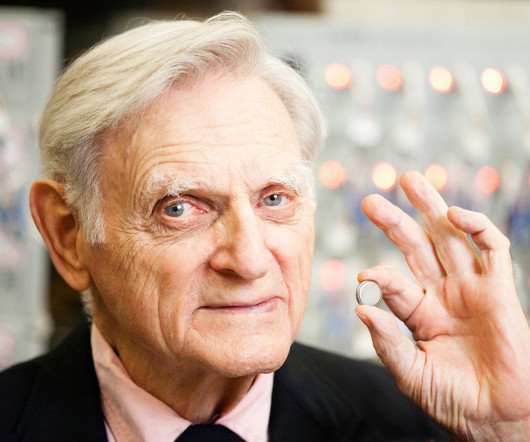Contour Energy Systems Licenses MIT Carbon Nanotube Technology for Li-ion Battery Electrodes
Green Car Congress
OCTOBER 21, 2010
has acquired a carbon nanotube technology that can significantly improve the power capability of lithium-ion batteries, through an exclusive technology licensing agreement with Massachusetts Institute of Technology (MIT). —MIT Professor Yang Shao-Horn. Paula Hammond, Bayer Chair Professor of Chemical Engineering at MIT.


















Let's personalize your content